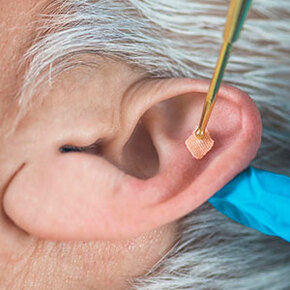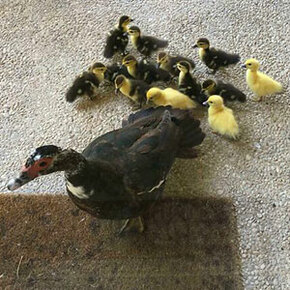
“No One’s Seen It”: First-Time Great White Shark Newborn Is Observed Alive In The Wild
In the realm of marine revelations, a momentous announcement has emerged concerning the unprecedented sighting of a live newborn great white shark.
The great white, recognized as the largest predatory shark globally and notorious for the highest number of fatal human attacks, presents a challenge to envision as an infant. This challenge persists, in part, because, as conveyed in an official press release from the University of California, encountering a newborn great white in the wild had been an elusive phenomenon until a particular date.
On the 9th of July, 2023, while engaged in the exploration of shark-inhabited waters near Santa Barbara along California’s central coast, wildlife filmmaker Carlos Gauna and Phillip Sternes, a doctoral student in biology at UC Riverside, made a remarkable discovery through the lens of their drone camera.
A great white shark was observed by filmmaker Carlos Gauna and doctoral student Phillip Sternes along the shores of Carpinteria, California, USA.

Image credits: TheMalibuArtist
Carlos and Phillip witnessed an unprecedented sight: a shark pup unlike any they had ever observed.
Great whites, referred to only as white sharks by scientists, are gray on top and white on the bottom. However, this roughly 1.5-meter-long (5-foot-long) shark was pure white, swimming 400 meters (1,300 feet) off the coast of Carpinteria, California, USA.
Phillip said: “We enlarged the images, put them in slow motion, and realized the white layer was being shed from the body as it was swimming.
“I believe it was a newborn white shark shedding its embryonic layer.”
These observations were documented in a new paper in the Environmental Biology of Fishes journal, highlighting the significance of having seen a live newborn white shark.
Carlos, known online as The Malibu Artist, has spent thousands of hours filming sharks around the world.
He said: “Where white sharks give birth is one of the holy grails of shark science.
“No one has ever been able to pinpoint where they are born, nor has anyone seen a newborn baby shark alive.
“There have been dead white sharks found inside deceased pregnant mothers. But nothing like this.”
The discovery of this approximately 1.5-meter-long (5-foot-long) shark marks the inaugural observation of a live newborn great white

Image credits: TheMalibuArtist
Carlos and Phillip acknowledged the possibility that the white film shed by the shark could have been a skin condition; however, they expressed disbelief in this explanation.
Carlos explained: “If that is what we saw, then that too is monumental because no such condition has ever been reported for these sharks.”
Great white females give birth to live pups. While in utero, the embryonic sharks might feed on unfertilized eggs for protein. The mothers offer additional nourishment to the growing shark pups with a ‘milk’ secreted in the uterus, the release states.
Phillip said: “I believe what we saw was the baby shedding the intrauterine milk.”
Furthermore, there is a presence of large, likely pregnant great whites in this location. Phillip had reportedly observed them there in previous years and in the weeks leading up to the observation.
He said: “I filmed three very large sharks that appeared pregnant at this specific location in the days prior.
“On this day, one of them dove down, and not long afterward, this fully white shark appeared. It’s not a stretch to deduce where the baby came from.”

Image credits: TheMalibuArtist
Additionally, the size and shape of the shark provided further evidence of its newborn status. The observed characteristics included a thin, short, and rounded appearance. Phillip explained, “In my opinion, this one was likely hours, maybe one day old, at most.”
The location off the coast of central California has long been suggested as a potential birthing site for great whites.
The biology doctoral student added, “There are a lot of hypothetical areas, but despite intense interest in these sharks, no one’s seen a birth or a newborn pup in the wild. This may well be the first evidence we have of a pup in the wild, making this a definitive birthing location.”
According to the release, many scholars believe great whites are born farther out at sea.
Ultimately, the significance of the pup being filmed so close to shore, approximately 1,000 feet from the beach, lies in its age, indicating a likely birth in shallow waters.
Great whites are classified as an internationally endangered species. Phillip said, “Further research is needed to confirm these waters are indeed a great white breeding ground. But if it does, we would want lawmakers to step in and protect these waters to help white sharks keep thriving.”













Got wisdom to pour?